Draining a radiator system is an essential maintenance task that helps ensure the efficient and proper functioning of your heating system. Over time, sediment, rust, and air can accumulate in the system, reducing its effectiveness and potentially causing damage. By regularly draining the radiator system, you can remove these contaminants and maintain optimal heat transfer throughout your home.
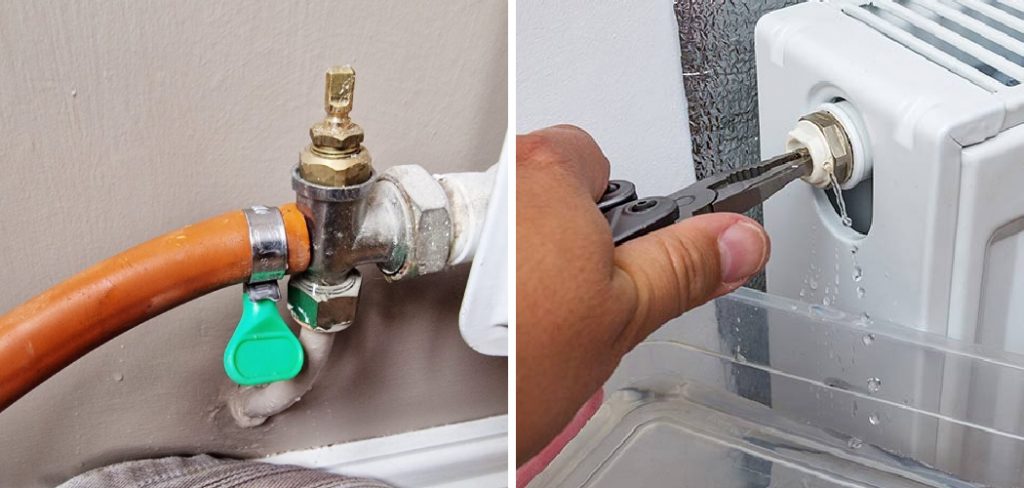
In this article, we will explore the step-by-step process of how to drain a radiator system effectively. Whether you are a homeowner or a DIY enthusiast, understanding the proper techniques for draining a radiator system will enable you to maintain a comfortable and well-functioning heating system.
Understanding Radiator Systems
A radiator system is an important part of any home’s HVAC (heating, ventilation, and air conditioning) system. Radiators use hot water or steam to heat a room by circulating warm air throughout the space. To keep these systems running effectively, it’s important to know how to drain them properly.
Draining a radiator system is not always necessary. However, if your radiators are leaking or need maintenance, it’s important to know the steps for draining them safely and correctly. Here’s what you need to do:
1. Turn off the boiler and water supply. Before beginning any work on your radiator system, make sure that the boiler is off and all water supplies have been turned off. If there is still pressure in the system, you may be injured during maintenance work.
2. Close all valves controlling water flow into the radiators. This will help contain any escaping water when the radiator is drained.
3. Locate the drain cock near the base of each radiator. This is a small valve that controls the release of water.
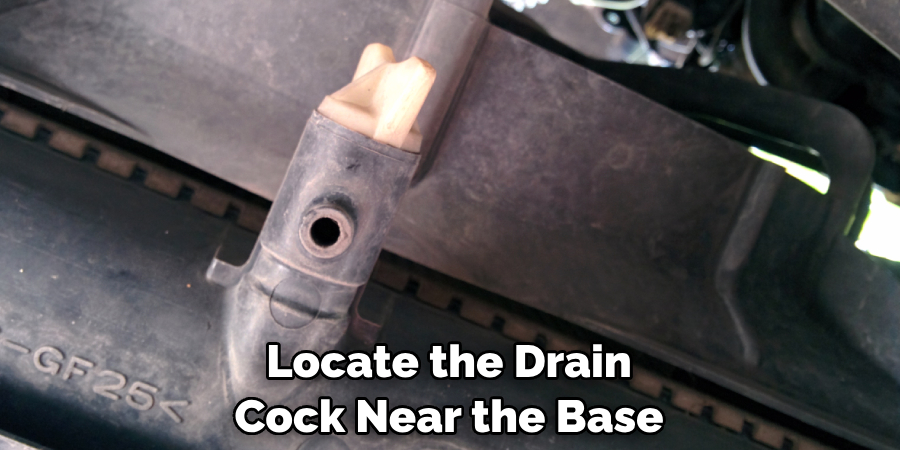
4. Use a wrench to open the drain cock and slowly begin draining the radiator. If you’re draining multiple radiators, start with the lowest one in the system first and work your way up.
5. Open air vents when draining each radiator. This will help equalise pressure as water is released from the system and ensure that all air pockets are removed before adding more water to the system.
6. Once drained, close all valves and open any taps necessary to refill the system with fresh water. Make sure that all parts of the system are filled before turning on your boiler again.
With these steps, you can easily drain your radiator system without any hassle. However, if you have any doubts or concerns, it’s always best to consult a professional for advice and assistance. By taking the time to properly drain your radiator system, you can ensure that your home is kept warm and comfortable throughout the year.
Importance of Draining a Radiator System
Draining the radiator system is an important maintenance task that should not be overlooked. It helps to protect your engine from damage caused by corrosion, mineral deposits, and other debris build-up. By regularly draining and cleaning out the system, you can ensure optimal performance of your vehicle’s cooling system.
Additionally, it can prevent costly repairs in the future and extend the life of your engine.
Make sure to follow all safety guidelines when attempting this process. If unsure of how to drain a radiator system properly, consult a professional mechanic or technician for assistance. Properly maintained radiators help keep your car running at its best and prevent any unnecessary expenses down the road!
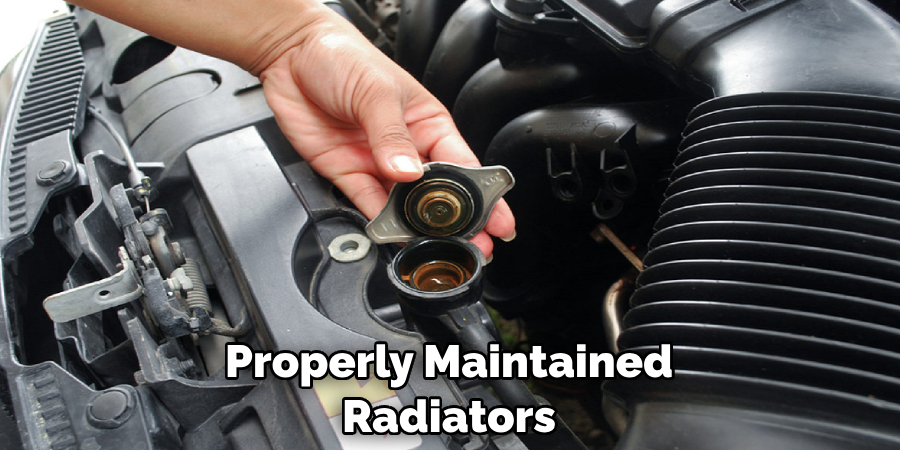
Though draining and cleaning out the system might seem like a daunting task, it is worth the effort to keep your vehicle running smoothly.
It is important to remember that not all radiators are made alike. Different types of radiators require different processes for draining and cleaning. Make sure you understand exactly what type of radiator you have before beginning any maintenance work.
Additionally, be sure to use only the right tools for the job – improper tools could cause serious damage to your radiator and other parts of your engine.
Overview of the Consequences of Not Draining the System Properly
Failing to properly drain a radiator system can create a number of problems. Not draining the system correctly could lead to rust and corrosion, which can cause significant damage to the pipes and radiator components.
Additionally, if the system is not drained completely, it may be at risk for bacteria and other contaminants growing in stagnant water. This could potentially lead to health issues from exposure to harmful bacteria or chemicals.
Finally, improperly drained systems are also prone to leaks due to clogged drains or cracks caused by pressure buildup over time. All of these consequences can result in costly repairs and replacements that could have easily been avoided with proper maintenance
To ensure your system stays in good condition, always make sure you take the necessary precautions when draining your radiator system.
These consequences can be avoided by taking the proper steps when draining a radiator system. Make sure to follow any instructions provided by your radiator manufacturer, and always be sure to thoroughly drain the system.
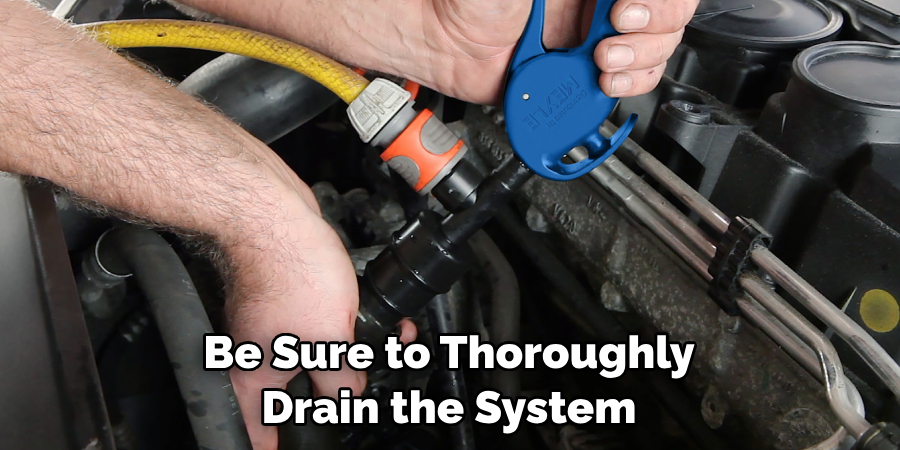
If necessary, a professional should be consulted in order to ensure that the job is done properly. Taking these steps will not only save you time and money but can also prevent any potential health issues or further damage to your radiator system.
10 Methods How to Drain a Radiator System
Use the Drain Valve:
Most radiators are equipped with a drain valve located at the bottom or side. Start by turning off the heating system and allowing the radiators to cool. Place a container beneath the drain valve, and using a wrench or a radiator key, slowly open the valve in a counterclockwise direction.
Allow the water to flow out into the container until it stops. Make sure to re-tighten the drain valve before turning the system back on. Additionally, if the drain valve is corroded or stuck, use a lubricant such as WD-40 to help free it up.
Utilize a Radiator Key:
Some radiators may have a bleeding valve instead of a drain valve. If this is the case, you can use a radiator key to release air and water from the system. Insert the key into the valve and turn it counterclockwise. Slowly open the valve until water begins to flow. Catch the water in a container and continue until the flow stops. Once the flow has stopped, close the valve and reinstall the radiator key.
Now that you have drained your radiator system, it is important to refill it. Use a funnel to fill the radiator with fresh coolant or antifreeze, and check the level of your system using the overflow tank.
If necessary, keep topping up the radiator until it is full. Finally, turn your system back on and check for any leaks that may have occurred during the draining process. If all is well, your radiator should be ready to use.
Gravity Drainage:
Gravity drainage is another effective method to drain a radiator system. Start by turning off the heating system and allowing the radiators to cool. Locate the highest radiator in your system and attach a hose to the drain valve. Place the other end of the hose outside or in a suitable drainage area.
Open the drain valve and let gravity assist in draining the water from the system. As the water level decreases, open each valve in the system to assist in draining it. Once all of the radiators have been emptied and drained, switch off the drain valve and remove the hose. The radiator system will now be completely drained.
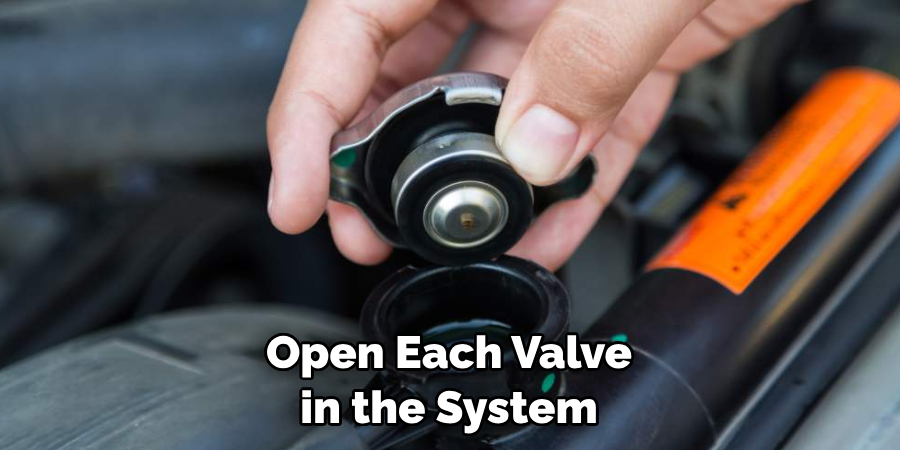
Power Flush:
If your radiator system is severely contaminated with rust and sediment, a power flush can effectively remove the buildup. This method requires the use of a specialized power flushing machine that circulates cleaning chemicals and water through the system. Consult a professional plumber or heating engineer to perform this procedure safely and effectively.
Once the power flush is complete, it’s important to top up the system with a good quality inhibitor. Inhibitors are chemical substances that protect against corrosion and scale build-ups, and help to keep the radiators running efficiently.
Radiator Key Bleeding:
Bleeding your radiators using a radiator key is a common method to remove trapped air from the system. Air pockets can hinder the efficiency of your heating system. Start by turning off the heating system and allowing the radiators to cool. Insert the radiator key into the bleeding valve, located at the top of the radiator, and turn it counterclockwise. Release the trapped air until only water flows out.
Collect the water in a bucket or container to avoid dripping onto carpets and floors. Once the water runs clear, close the valve by turning it clockwise. Repeat this process for each radiator in your home.
After the last one is complete, turn the heating system back on and check that the radiators have heated up evenly. If you hear any banging or gurgling noises, the system may need to be bled again. Make sure to
Hose Disconnect Method:
If your radiator system has flexible hoses, you can use the hose disconnect method to drain the system. Begin by turning off the heating system and allowing the radiators to cool. Locate the flexible hoses connected to the radiators and carefully disconnect them.
Direct the hoses into a suitable container or drainage area and allow the water to flow out until it stops. Make sure you close off any air vents that may be connected to the radiator system as well. Once the water has been completely drained, double-check that all of the valves are closed before turning the heating system back on.
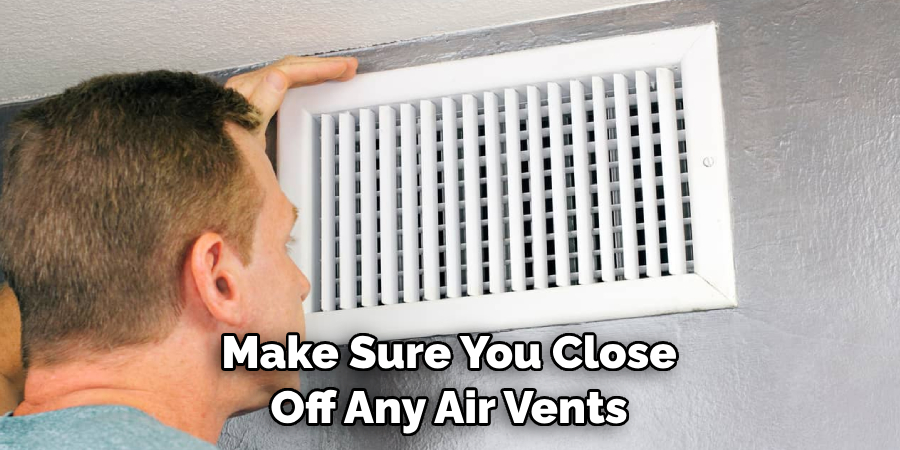
Professional Assistance:
For complex radiator systems or if you are unsure about how to drain your system effectively, it is advisable to seek professional assistance. A licensed plumber or heating engineer can provide expert guidance and ensure that the draining process is performed correctly. They have the necessary knowledge and tools to tackle any challenges and ensure the system is properly drained.
Additionally, the professional can check for any maintenance issues and help you decide if the system needs to be flushed out. With their help, you can rest assured that the job will be done correctly and efficiently.
It is important to note, however, that professional assistance may come at a cost and it may take longer to complete than if you tackled the job yourself. Nevertheless, it is a worthwhile investment for peace of mind and to protect your heating system.
System Isolation:
In some cases, it may be necessary to isolate specific sections of the radiator system to drain them effectively. This method requires closing off valves or using specialized isolation tools to redirect the water flow. By isolating specific sections, you can drain individual radiators or areas without affecting the rest of the system.
This method is especially useful if the system has a complex layout. It is also important to make sure that all valves are opened and any isolation tools used are removed once the draining process is complete. This will ensure that the system runs smoothly again and no damage is caused by holding water in isolated sections of the system.
Drain the Boiler:
Draining the boiler is an integral part of the radiator system drainage process. Consult your boiler’s user manual or seek professional assistance to ensure you follow the correct procedure for your specific boiler model. Draining the boiler removes any accumulated sediment or debris and contributes to the overall cleanliness and efficiency of the system.
To begin, turn off the power to the boiler and shut off all valves connected to it. Now open the drain valve located on the bottom of the boiler. Allow the water to flow until it stops running completely. When finished, close the drain valve and turn the power back on.
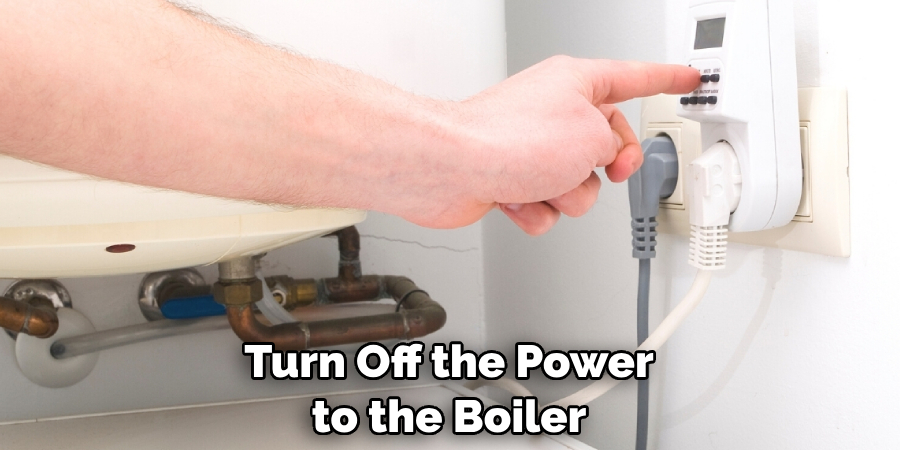
Regular Maintenance:
Regular maintenance is key to ensuring the long-term health and efficiency of your radiator system. Along with draining the system, perform routine checks for leaks, corrosion, and other issues.
Inspect valves, pipes, and radiators for any signs of damage or malfunction and address them promptly. By incorporating regular maintenance into your routine, you can prevent potential problems and maintain an efficient heating system.
Conclusion
Learning how to drain a radiator system can be a complex process, but by following the steps outlined in this blog post, you should now understand how to do so safely and effectively.
Pay attention to the details of your vehicle’s specific system when draining it, and remember that attempting to patch up any failure or malfunctioning part on your own is not recommended. It’s always safer to let a professional take a look.
Furthermore, topping off the cooling system with fresh coolant periodically helps keep your car running smoothly. Now that you have learned to how drain a radiator system, start giving your car routine maintenance and DIY fixes without worrying about making costly mistakes.
All that’s left is for you to put what you’ve learned into practice – so get out there and make sure that draining the radiator system is properly done!

